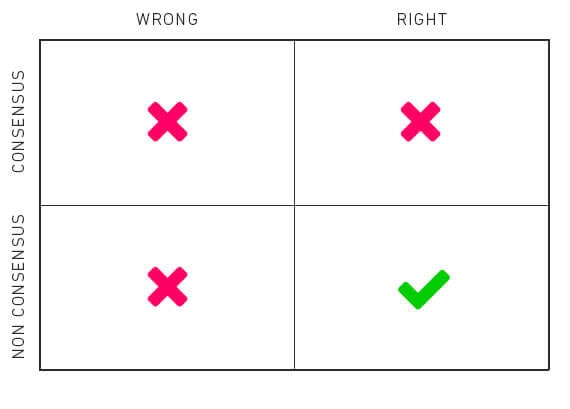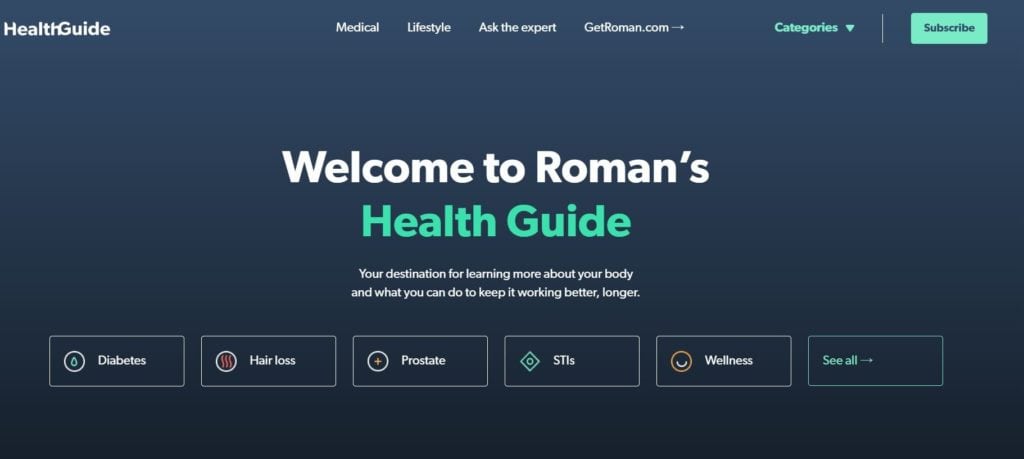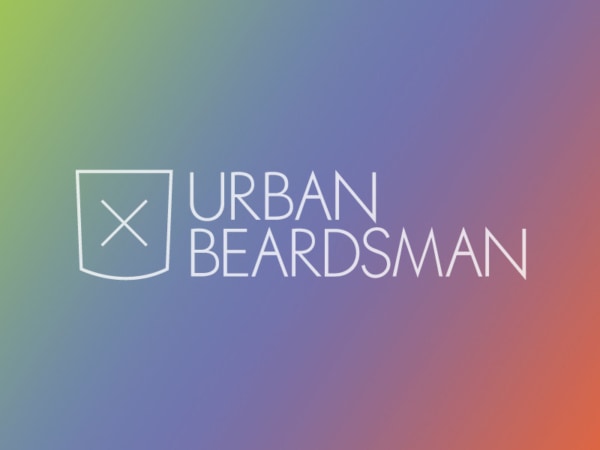
Acquiring customers without a substantial audience, a credible brand, and a tightly-bound community is exceedingly difficult. It’s expensive to buy reach and loyalty at scale. That is the opposite of product-market fit, which is the point where a company is growing sales and acquiring the majority of its customers organically (including from repeat purchasers).
Many brands pay lip service to branding, audience acquisition, and community-building because it’s difficult to tie these investments directly to sales, and it takes time. Overnight successes don’t exist in this game.
Immediate gratification is why interruptive advertising and incessant retargeting are rampant. It’s the low-hanging fruit. To be clear, there’s a time and place for pop-ups, pre-rolls, and remarketing. But it’s when companies rely almost exclusively on paid methods to acquire customers that has led to ad fatigue/banner blindness and rising CPCs and CPVs.
So many direct-to-consumer businesses have struggled because of this approach. The antidote – in most cases – is to publish outstanding content.
If your brand is truly authentic, content is your secret weapon
In Bobby Kim’s (aka Bobby Hundreds) book, “This Is Not A T-Shirt,” the founder of The Hundreds explains how his bootstrapped streetwear label overcame scarce resources and competition to break through against incumbents like Quicksilver and DC in the mid- to late-2000s.

“I want to funnel my art, photography, design, and writing into one outlet,” Kim said to his business partners. “Imagine a company that’s half T-shirt brand, half online magazine. I’ll interview graffiti artists, musicians, and designers who are putting our city (Los Angeles) on the map. I’ll use aliases to make it look as if we have an editorial staff. These articles will help build the brand’s lifestyle. That’s our marketing. It all works together.” [1]
The Hundreds became a pioneer in this approach. They galvanized a community, built a large audience, and established a global streetwear brand. Word-of-mouth led to organic sales, reinforcing the notion that “no meaningful marketing program can be executed across a set of customers who don’t reference each other.” [2]
“I had the luxury of crafting my brand identity for years before I met my audience,” Kim said. “I attribute much of our longevity to the blogging spirit and this fundamental mantra: DIY and DIFY. Do it for yourself.” [3]
And how did The Hundreds connect with youth on a visceral level?
“The answer lies in our dedication to community building,” Kim said. “The Hundreds is an utter anomaly in the fashion world, following no previously established business model. So, I can’t attribute our success to anything other than community.” [4]
The reason why content is such a differentiator is because it reveals a brand’s true intentions and ethos. If companies can’t explain why they exist beyond making money – or they have nothing meaningful to share or contribute – it’s painfully obvious. No amount of click-bait listicles can persuade people otherwise.
Conversely, for authentic brands that contribute to a cause greater than their own profit motive, content can be their moat against the competition. Authenticity shines through.
Use non-consensus thinking to win big with content
Howard Marks from Oaktree Capital describes his investment philosophy using a 2×2 matrix (see below). When entrepreneurs start a business, he says, their thesis can be right or wrong and it can follow either consensus or non-consensus thinking.

Marks posits that the only way to make outsized financial returns is if an idea is right and it follows non-consensus thinking. If an idea is right and it follows consensus thinking, there will be too much competition and returns are arbitraged away. But if the idea is correct and non-consensus, your product will serve an unmet need in the market. (Unfortunately, you only know if your idea is non-consensus when you start, but you don’t know if your idea is right.) [5]
This framework also can be applied to companies who are considering investing in content. In industries where information is sparse and nobody is innovating around content, companies can realize big returns from media investments:
- Look at how Hubspot leveraged content to become an $8b+ software company before inbound marketing in B2B was in vogue.
- Imagine where Red Bull would be without its heavy media investment in extreme sports.
- Nobody predicted that broadcasting non-mainstream sports could be lucrative until FloSports proved otherwise.
The era of brand-adjacent media properties
Roman Health (Ro) is an online, direct-to-consumer pharmacy that sells medications for the treatment of erectile dysfunction, hair loss, low testosterone, STDs, etc.
Similar to brands like Dollar Shave Club (Mel), Outdoor Voices (The Recreationalist), Marriott (Traveler), Airbnb (Airbnbmag), and Casper (Woolly), Ro launched a media property (Health Guide) with the goal of becoming the authority in its vertical.

I spoke to my friend, Ro’s VP of Growth Will Flaherty, who believes Health Guide gives Ro an upper hand against competitors. [6]
“I think it is a differentiator because I don’t think there are going to be other people putting as much time and effort into creating quality, medically-reviewed content – at least in our competitive set,” he said. “They certainly can. But what we’ve realized is it’s a real investment. It’s an investment in people and an investment in time. Ultimately, we think this gives us a lead and helps us extend that lead.”
An alternative to WebMD and EverydayHealth, Ro’s Health Guide employs physicians and medical advisors to review each article, and Ro uses keyword research tools to inform its content strategy.
“Health Guide expands the keyword basket we can rank on,” Flaherty said. “We also think about how many people have their first interaction with Roman through the Health Guide. So if this is a way to introduce people to our brand, we think that’s really powerful, too. We’re constantly thinking about touchpoints, and once you have a touchpoint, we can find a way to keep the conversation going through other channels – owned, paid, or whatever.”
Ro isn’t retargeting users who visit Health Guide right now, and the investment in Health Guide is separate from Ro’s ad budget.
“We think it’s important to invest in this stuff,” Flaherty said. “Our goal is just to figure out how we can support this content out of the gate. In the long run, if we find that it’s driving conversions, we can model it out and maybe it’s akin to an ad investment. But right now it’s just more about the baseline investment.
“We think this will be meaningful for us down the line – whether that means more conversions, whether that means a higher conversion rate – with people trusting us more, better retention, giving us content that can be used in our CRM and in emails. So through all the stuff, we felt there are enough ways to get utility out of it that we should put some money behind it.”
The complexities of brand publishing
Before Casper launched Woolly, they funded an independent sleep-focused site called VanWinkles.com, which shut down in 2017. Also, Beardbrand – one of the leading male-grooming products companies – debuted a separate site from Beardbrand.com in 2016.
Things didn’t work out.

“UrbanBeardsman.com was content-focused and lifestyle-focused,” Beardbrand co-owner Lindsey Reinders said. “We wanted to sell men’s lifestyle items: bags, tools, clothing, those kinds of things. And it was a lot of resources to find and generate the content to put another store up to manage stock for that other store, (customer) service, emails, all of that.”
Ultimately, Beardbrand killed the project due in part to brand confusion, and they merged UrbanBeardsman.com into Beardbrand.com.
“Media is a really tough business,” Beardbrand co-owner Eric Bandholz said. “It’s a completely different business than e-commerce or travel or whatever you may be selling. So whenever you have a separate business, you have to think about the logistics of it and how you’re going to make it work for you.
“I was like, ‘Dude, Beardbrand makes great grooming products. Our customers love that. Let’s just do that. Let’s just focus on that and get really good at that and not have these distractions of what we want the business to be. Let’s build a business that our customers want that business to be.’”
Citing the Red Bull Bulletin, Bandholz believes brands can make separate media properties succeed in specific situations.
“It’s going to be essentially like a subsidized product or company in the sense that (the Red Bull Bulletin) probably couldn’t stand on its own without Red Bull financing it,” he said. “So I think it’s going to be very challenging as a bootstrapped company to have a media company stand on its own unless it’s being subsidized from product sales or from other revenue channels.”
[1] Excerpt from p. 88 of “This Is Not A T-Shirt,” by Bobby Hundreds.
[2] Excerpt from p. 22 of ”Crossing The Chasm,” by Geoffrey A. Moor.
[3] Excerpt from p. 95 of “This Is Not A T-Shirt,” by Bobby Hundreds.
[4] Excerpt from p. 118 of “This Is Not A T-Shirt,” by Bobby Hundreds.
[5] Taken from a discussion between Mike Maples, Jr. and Andy Rachleff on the Tim Ferris podcast.
[6] To get a sense of the competition between Ro and Hims, read this blog.



